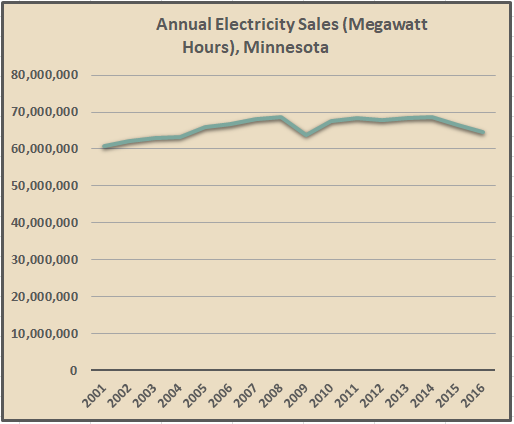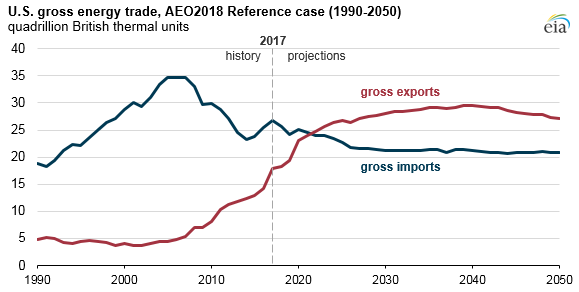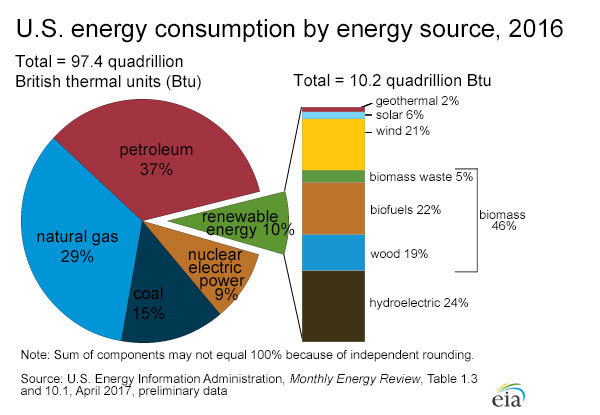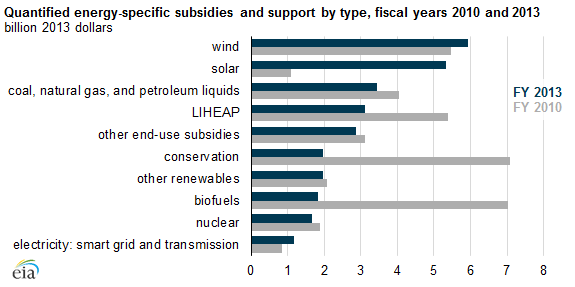Don’t Be Fooled By the Minnesota “Conservative” Energy Forum
A recent poll commissioned by the Minnesota Conservative Energy Forum (MnCEF) claims that a survey of Minnesota Republicans and independents has found that 73 percent believe Minnesota should pursue an all-of-the-above energy strategy and take action to accelerate the use of clean energy in Minnesota.
However, a closer look at the wording of the questions used in this so-called survey indicates that it was more of a push poll designed to influence public opinion, rather than a survey designed to measure it.
First, a little about MnCEF. The group posits itself as a conservative energy group (it even has a quote by Ronald Reagan on its website), but upon closer investigation, it appears to be a group that uses conservative-sounding language to promote renewable energy sources that are hopelessly dependent upon billions of dollars in government subsidies and renewable energy mandates for viability.
That’s not very conservative.
The Poll Question
Voters were read the following statement:
“Minnesota should pursue an all-of-the-above energy strategy, which means lowering our heavy dependence on fossil fuels over time and allowing an increase in electricity generation from renewable energy sources as well as more energy efficiency, and I support taking action to accelerate the development and use of clean energy in Minnesota.”
According to MnCEF, 73 percent of Republicans and Independent voters agreed with this statement, and without the proper background information, it isn’t surprising the statement received broad support.
Here are three reasons why conservative and independent voters probably agreed with the statement but wouldn’t if they had more information:
1) The phrase “Minnesota should pursue and all-of-the-above energy strategy” leaves the reader thinking Minnesota has an electricity shortfall when we actually have a surplus.
If the state needed more electricity, maybe an “all-of-the-above” strategy would make sense, but Minnesota’s electricity demand has only grown by 7.5 percent since 2005, and we already have enough power plants to meet this demand.

Since we already have enough power plants to meet demand, adding more power plants when they are not needed will result in higher electricity prices.
This is true even in an “all-of-the-above” scenario because regardless of whether the power plant is wind, solar, natural gas, nuclear, or coal, utility companies like Xcel Energy are guaranteed a profit on every dollar they spend on infrastructure.
This profit is paid by consumers in the form of higher electricity bills.
2) The phrase “lowering our heavy dependence on fossil fuels” hearkens back to the days of the Arab Oil Embargo and worries that the U.S. will soon run out of fossil fuels, but nothing could be further from the truth.
In fact, thanks to the fracking boom that has made the United States the largest producer of oil and natural gas in the world, the U.S. will export more energy than it imports by the year 2022, according to the U.S. Energy Information Administration.

The United States has more than 283 years worth of coal in the ground, enough natural gas to last for 90 years, and EIA estimates the United States will be a net exporter of oil until around 2050.
It would be interesting to see how Republicans and independents would feel about our use of fossil fuels if it was explained to them that these energy sources are abundant and will be produced in the United States for the foreseeable future.
3) The question makes it seem as if the government is not “allowing” renewable energy to flourish, when in reality renewable energy is only growing because of the government.
The chart below shows the use of each source of energy as part of our total energy consumption in the United States. Notice how fossil fuels make up 81 percent of our energy consumption, but wind and solar make up just 2.7 percent of our total energy use combined.
There are number of reasons for this, but chief among them is that wind and solar are simply more expensive and less dependable than other sources of energy like coal, natural gas, nuclear, or oil.

Wind and solar would make up an even smaller portion of the pie if not for the billions in taxpayer subsidies received by these sources of energy.
In fact, the graph below shows that wind and solar get far more federal subsidies than any other form of energy, and it isn’t even close.

The phrase “allowing an increase in electricity generation from renewable energy sources” is even more misleading because not only does the state of Minnesota “allow” renewable energy sources, it requires them.
In fact, Minnesota’s Renewable Energy Standard is one of the most aggressive in the county, requiring utilities to provide 25 percent of their electrical generation from renewable sources by the year 2025.
So much for needing to “allow” more renewable energy to be built.
In conclusion:
Minnesota has already “taken action to accelerate the development and use of clean energy” and we have paid the dearly for it. We have spent $15 billion dollars on unneeded wind turbines and transmission lines and as a result we have lost our historical competitive advantage in terms of low electricity prices.
MnCEF may use conservative-sounding language and have pictures of Ronald Reagan on their website, but their policy recommendations are not at all conservative.
This poll leads me to believe the group was more interested in producing a headline they could use to pressure Republicans and independents into supporting the expansion of renewable energy programs rather than gauging public opinion in Minnesota.